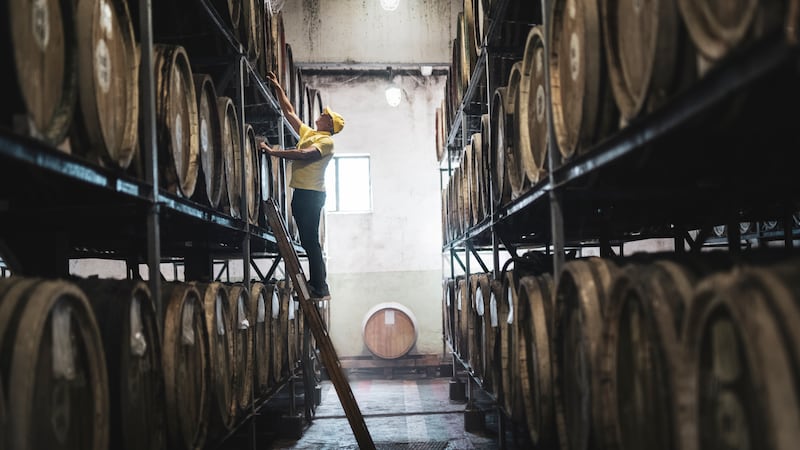Asking prices for homes inched higher in the third quarter of the year, buoyed by strong demand and a sharp decline in the number of homes listed for sale, according to Daft.ie.
In its latest housing market report, the property website said prices rose by an average of 1.1 per cent between June and September, down from 3.4 per cent in the previous three-month period. However, it meant that nationally prices were 3.7 per cent higher than a year ago, “a modest increase” compared to the first and second quarters of the year.
Driving the increase in prices, the number of homes available to buy in the State fell to just 12,200 by September 1st, a 20 per cent year-on-year decline and around half the pre-Covid 2019 average of 24,000.
While the supply of new homes has picked up since the pandemic – with roughly 30,000 new units expected to be completed this year – the secondhand market has not recovered from the pandemic and remains “very tight”, according to the report.
RM Block
Report author Trinity College Dublin associate economics professor Dr Ronan Lyons said the flow of homes to market was arrested in 2020 and 2021 due to the pandemic but began to improve “bit by bit” to reach a peak of sorts in early 2022.
“But over the last 18 months the 12-month total number of homes listed for sale has largely been stuck at that level,” he said. “And in the last few months it has started to dip. While in the year to February there were 4 per cent more homes listed for sale than in the preceding 12-month period, in the year to August, there were 4 per cent fewer homes than in the equivalent period a year earlier.”
He said this pattern was seen across all four principal regions of the country covered in the report, suggesting a weakening of supply “although not dramatically, at least not yet”.
While the supply of new units to the market has improved in recent years, the volume of these new homes coming on to the private market is limited, with many being one-off new builds or bought for social housing by local authorities. Consequently, secondhand properties are still in high demand but fewer homeowners are putting their homes up for sale due to a combination of factors including cost and a slowing pipeline of landlord sales among others.
Nationally the average asking price for a home in the third quarter of the year was €322,602, roughly 13 per cent below the Celtic Tiger-era peak, Daft said.
Prices in Dublin were just 1.7 per cent higher compared with a year ago, with other cities outstripping the capital’s rate of price growth. Asking prices were between 3.9 per cent and 4.7 per cent higher year-on-year in Galway, Limerick and Waterford, according to the report.


















